How Providers Can Advocate for Generic Medications to Improve Patient Adherence and Lower Costs
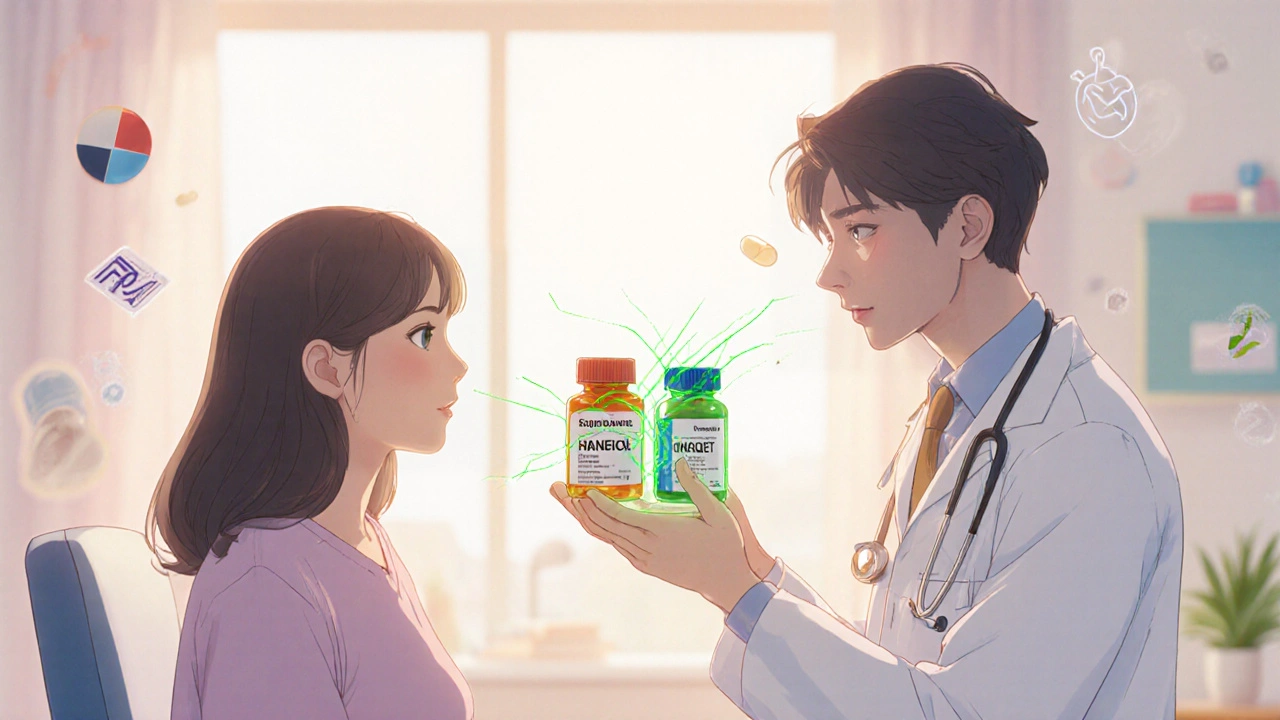
When a patient walks out of the clinic with a new prescription, they’re not just getting a pill-they’re getting a promise. A promise that this medicine will help them feel better, manage their condition, and live without constant worry. But too often, that promise breaks before it even starts-not because the drug doesn’t work, but because the patient can’t afford it.
Generic medications are one of the most powerful tools we have to keep that promise. They’re just as safe and effective as brand-name drugs, approved by the FDA under the same strict standards. Yet, patients still hesitate. They see a different color, a different shape, a different name on the bottle, and they wonder: Is this really the same?
The truth is, generic medications save patients billions every year. In the U.S., generics make up 90% of all prescriptions filled but only 23% of total drug spending. That’s because when a brand-name drug loses patent protection, competition drives prices down-often to just 15% of the original cost. For many patients, that’s the difference between taking their medicine every day or skipping doses because they can’t pay.
But here’s the problem: patients don’t always know that. And if their provider doesn’t explain it, they’ll assume the cheaper option is worse. That’s where provider advocacy comes in. It’s not just about prescribing generics. It’s about talking to patients, answering their fears, and making sure they understand why this switch is good for their health.
Why Patients Doubt Generic Medications
It’s not irrational. Patients see ads for brand-name drugs with polished commercials, celebrity endorsements, and promises of precision. Generic drugs? They show up quietly, with no marketing, no hype-just a lower price tag. It’s easy to assume the silent option is the lesser one.
Studies show that even when patients say they support generics in theory, many resist switching when it’s time to fill the prescription. One 2015 review found that a strong belief in the inferiority of generics still lingers, especially among people managing chronic conditions like high blood pressure, diabetes, or epilepsy. When the pill looks different-maybe it’s blue instead of white, or oval instead of round-they think it’s a different drug. Sometimes, they even think they’ve been given the wrong medicine.
And it’s not just about appearance. Some patients have had bad experiences-maybe they switched to a generic and felt off for a few days. They didn’t know that inactive ingredients (like fillers or dyes) can cause minor, temporary side effects. Or that their body might just need a few days to adjust. Without context, these experiences become proof that generics don’t work.
That’s why provider communication isn’t optional. It’s essential.
The Science Behind Generic Equivalence
Let’s cut through the noise. The FDA doesn’t approve a generic drug unless it’s proven to work exactly like the brand-name version. The standard is strict: the generic must deliver the same active ingredient, in the same strength, the same way-whether it’s a pill, injection, or inhaler.
But here’s the technical part that matters: bioequivalence. That means the body absorbs the drug at the same rate and to the same extent. The FDA requires that the amount of medicine in the bloodstream falls within 80% to 125% of the brand-name drug’s levels. That’s not a guess. It’s tested in clinical trials with hundreds of people. If it doesn’t meet that bar, it doesn’t get approved.
And it’s not just the U.S. The European Medicines Agency, Health Canada, and the World Health Organization all use similar standards. Countries with universal healthcare rely on generics because they work-and they save lives.
There are rare exceptions. For drugs with a narrow therapeutic index-like warfarin, levothyroxine, or some seizure meds-small changes in blood levels can matter more. That’s why some providers are cautious. But even here, the FDA and pharmacy groups agree: switching between generics of the same brand is generally safe. The real issue isn’t the science. It’s the lack of clear communication.
Cost Is the Biggest Barrier-And Providers Can Help
Patients don’t just worry about effectiveness. They worry about cost. And the numbers are stark.
A 2019 analysis of 1.4 billion prescriptions found that patients were 266% more likely to abandon their prescription if it was a brand-name drug. Why? Because 90% of generic copays were under $20. Only 39% of brand-name copays were that low. For someone on a fixed income, that $40 difference isn’t just a number-it’s groceries, rent, or medicine.
Providers have a direct line to this reality. When you write a prescription, you see the price. You know what the patient will pay. And you can choose to write the generic-unless there’s a clear clinical reason not to.
But writing the prescription isn’t enough. You have to explain it. Say something like: “This is the same medicine as the brand, but it costs much less. Most people take it without any problems. I’ve seen patients save $50, $100, even $200 a month just by switching.”
That kind of conversation doesn’t take long. It takes 30 seconds. But it changes everything.
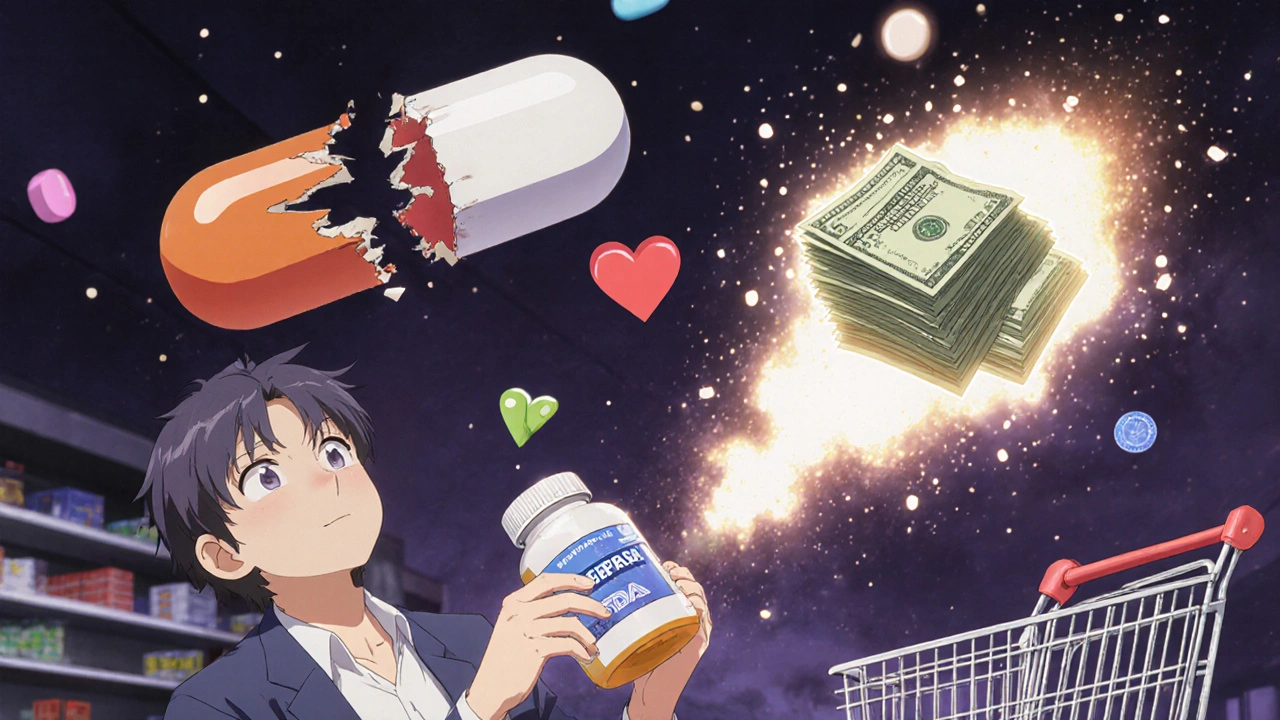
What Providers Should Say-and How to Say It
Patients trust their doctors. That’s the biggest advantage providers have. Research shows that when a patient hears their doctor supports a generic, they’re far more likely to accept it-even if they had doubts before.
Here’s what works:
- Be proactive. Don’t wait for the patient to ask. Say it when you write the script: “I’m prescribing the generic version of this medication. It’s just as effective and will save you money.”
- Anticipate the confusion. Tell them: “The pill might look different from what you’ve taken before. That’s because it’s made by a different company. But the active ingredient is the same.”
- Use the FDA as your ally. Say: “The FDA requires generics to meet the same safety and quality standards as brand-name drugs. They’re not second-rate-they’re just less expensive to make.”
- Connect cost to outcomes. Say: “If you skip doses because of cost, your condition could get worse. That could mean more visits, more tests, even a hospital stay. This generic helps you stay healthy without breaking the bank.”
- Follow up. In a week, ask: “How’s the new pill working for you? Any questions about it?” That simple check-in reduces abandonment by half.
Pharmacists play a big role too. Many patients get their first real conversation about generics from the pharmacist at the counter. But not every pharmacy has time for that. That’s why the provider’s early message matters-it sets the tone.
The Hidden Costs of Not Advocating
When patients don’t take their meds, the cost doesn’t just hit their wallet. It hits the whole system.
Non-adherence leads to more ER visits, more hospitalizations, more complications. The CDC estimates that poor medication adherence costs the U.S. healthcare system over $300 billion a year. That’s not just waste. It’s preventable harm.
And it’s avoidable. When providers advocate for generics, adherence goes up. Studies show patients who receive clear counseling about generics are 30% more likely to refill their prescriptions. That’s not a small win. That’s life-changing.
Some providers worry that talking about cost is awkward. But patients are already thinking about it. They’re checking prices on their phones before they even walk into the pharmacy. They’re choosing between medicine and food. Your job isn’t to avoid the topic-it’s to guide them through it.
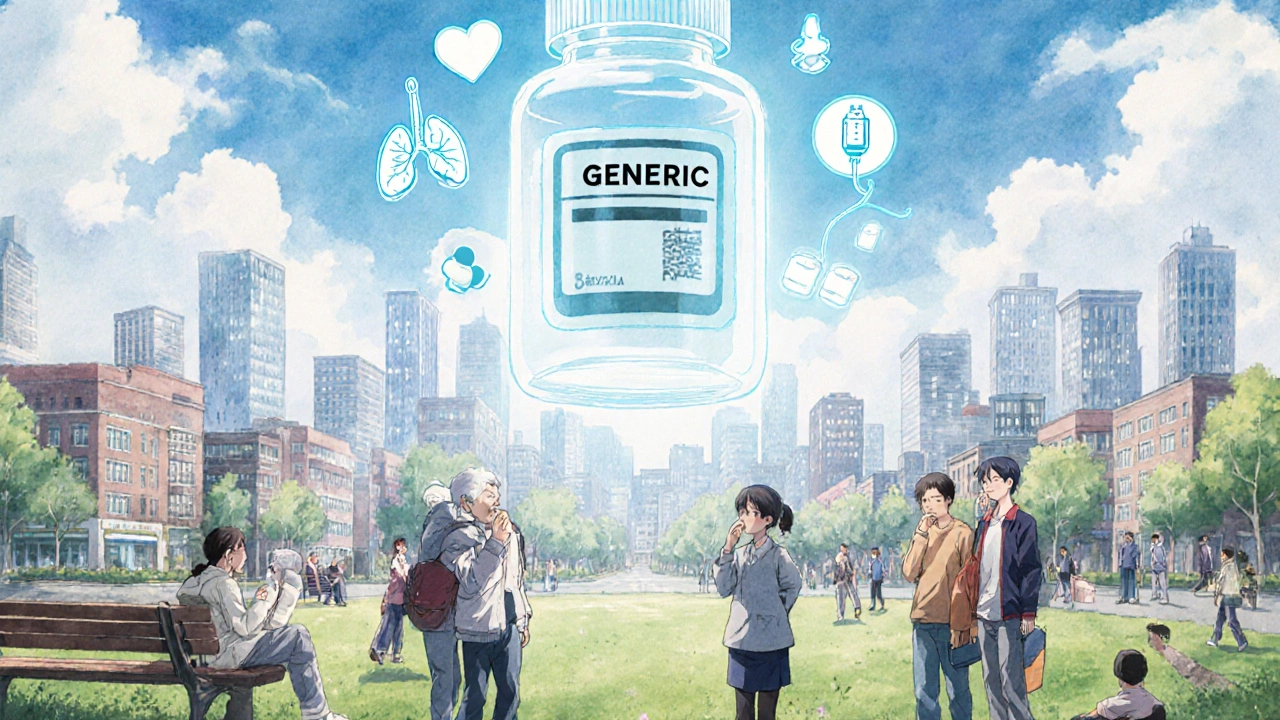
When Not to Switch
Not every drug should be switched. For drugs with a narrow therapeutic index-like lithium, digoxin, or cyclosporine-small changes in blood levels can matter. In those cases, consistency matters. If a patient is stable on a brand-name version, switching might not be worth the risk.
But here’s the key: it’s not about blanket rules. It’s about individualized care. The American Academy of Family Physicians says providers should oppose mandatory generic substitution. That’s right. We shouldn’t force it. But we should recommend it-when it’s safe.
Use your judgment. Ask: Is the patient stable? Have they had problems with generics before? Are they on a drug where even small changes could cause harm? If yes, stick with the brand. If not, make the switch-and explain why.
The Bigger Picture: Generics as a Systemic Solution
Generic medications aren’t just a cost-saving trick. They’re a public health strategy. They let people with diabetes take their insulin. They let seniors afford their blood pressure pills. They let families keep their children on asthma inhalers.
And yet, there’s a new challenge: some generic drugs are getting more expensive. In 2023, the American Society of Health-System Pharmacists warned that price spikes in certain essential generics-like insulin, antibiotics, or heart meds-are making them unaffordable again. That’s a crisis. And it’s one we can’t ignore.
When a generic price jumps, providers need to speak up. Advocate for alternatives. Push for transparency. Talk to patients about what’s happening. Because if the solution becomes part of the problem, we’ve failed.
Final Thought: Advocacy Is Part of the Job
Being a provider isn’t just about diagnosing and prescribing. It’s about making sure the patient can follow through. If a patient can’t afford their medicine, the best diagnosis in the world won’t help.
Generic medications are one of the most effective, evidence-backed tools we have to bridge the gap between care and access. But they only work if we talk about them. If we explain them. If we stand behind them.
Patients don’t need a lecture. They need a partner. And sometimes, that means saying: “I know this looks different. But it’s the same medicine. And it’s going to help you live better-for a lot less.”
That’s not just good practice. It’s patient advocacy.

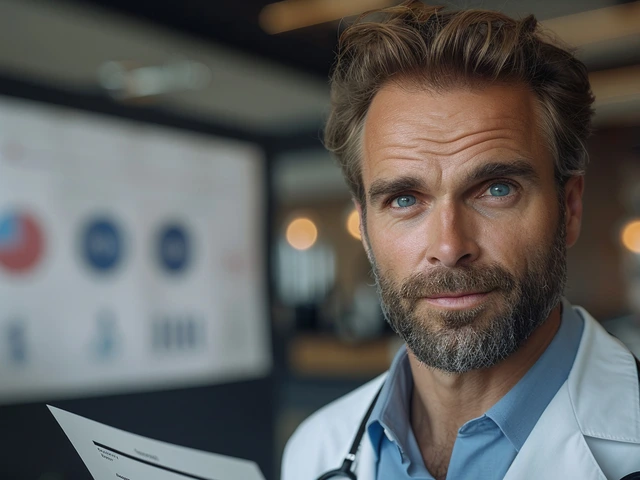

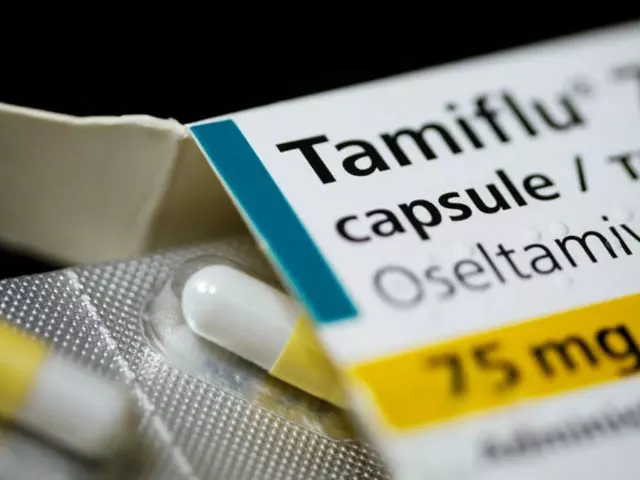


Bruce Bain
November 19, 2025 AT 03:21My grandma takes her blood pressure med every day because it's generic and costs $4. She used to skip it when it was brand name and cost $80. Now she's out gardening again. Simple as that.
Jonathan Gabriel
November 19, 2025 AT 04:41So let me get this straight-FDA says generics are bioequivalent, but somehow the pharmaceutical industry still makes billions off brand names because people are too scared to trust science? 🤔
And yet, we don’t question that the same insulin from the same factory, just repackaged, is suddenly ‘different’? The real conspiracy isn’t in the pill-it’s in the marketing budget. Someone’s making bank off fear. And it’s not the pharmacist.
Don Angel
November 19, 2025 AT 23:50I’ve been prescribing generics for 12 years now... and I always say the same thing: ‘This is the exact same medicine, just without the fancy packaging and the ad on TV.’
It works. Every time. Patients get it. They just need to hear it from someone they trust. And honestly? Most of them are already Googling the pill before they leave the office. So say it first. Don’t let the internet scare them.
benedict nwokedi
November 20, 2025 AT 04:34Let’s be real-generic manufacturers don’t have to prove anything beyond 80-125% bioequivalence? That’s a 45% swing! That’s not medicine-that’s a lottery.
And don’t get me started on the fillers. Did you know some generics use talc, corn starch, or even dye from industrial sources? The FDA doesn’t test those. So yes, the active ingredient is the same... but what’s the rest of the pill made of? Who’s checking? Who’s even asking? I’ve seen patients crash after switching. Coincidence? Or just the system looking the other way?
deepak kumar
November 21, 2025 AT 13:38In India, generics are the backbone of healthcare. We’ve been using them for decades. My uncle with diabetes switched to generic metformin and saved 90%-and his HbA1c didn’t budge.
People here don’t panic over pill color. They care about results. If it works, it works. The real issue? Education. If providers explain it like it’s common sense, patients get it. No drama. Just facts.
Also, pharmacists in India often hand-write a note on the bottle: ‘Same as Brand X’. It helps. Maybe we should try that here.
Dave Pritchard
November 21, 2025 AT 17:06I love how this post breaks it down so clearly. It’s not about pushing generics-it’s about removing the stigma.
I used to think I had to ‘sell’ it to patients. Now I just say: ‘This is what I’d take if I were in your shoes.’ That’s it. No jargon. No pressure. Just honesty.
And guess what? Patients trust that more than any pamphlet or commercial. We don’t need to be salespeople. We just need to be human.
kim pu
November 22, 2025 AT 03:28Generic drugs are a government plot to make people sick so they can justify more funding for hospitals. I swear, every time I switch to generic, my joints ache for a week. Coincidence? Or is Big Pharma just letting the cheap stuff leak into the system? 🤨
And why do all generics taste like chalk? That’s not science-that’s sabotage. I’m switching back to brand. My body knows.
malik recoba
November 23, 2025 AT 20:22My sister took a generic for her anxiety and thought it wasn’t working… until she realized she’d been taking it wrong. She’d been splitting the pill in half because it looked smaller. 😅
Turns out, it was the exact same dose. She just panicked because it looked different.
That’s why I always say: ‘The shape doesn’t change the medicine. Your mind does.’ Just gotta help people calm down. A little patience goes a long way.
Sarbjit Singh
November 25, 2025 AT 04:21Bro, I work in a clinic in Punjab. We use generics for everything-insulin, BP meds, even antibiotics. Patients are so grateful. One old man cried because he could finally afford his heart pills. 🥹
Just tell them: ‘This is the same medicine, just cheaper.’ No fluff. No jargon. Just truth. They get it. We all do. 💪
PS: Don’t forget to thank your pharmacist. They’re the real MVPs.
Angela J
November 27, 2025 AT 01:17Okay but… what if the generic is made in China? And what if the FDA just rubber-stamps it because they’re underfunded? I heard a nurse say they found asbestos in a batch of generic blood pressure pills last year. No one talked about it. 😳
My aunt took one and ended up in the ER. They said it was ‘an allergic reaction’… but what if it wasn’t? Who’s really watching the factory? 🤔
I just… I can’t trust it anymore. It’s not about money. It’s about safety. And no one’s asking the hard questions.
Sameer Tawde
November 27, 2025 AT 19:13Generics save lives. Period.
One pill. Same active ingredient. 80% cheaper.
Stop overthinking it. Start talking about it.
Your patient’s next checkup depends on this.
Alex Czartoryski
November 29, 2025 AT 13:21Let me tell you about the time I got a generic for my migraine meds and ended up in the ER with a seizure. Yeah. That happened.
The bottle said ‘same as Topamax’-but apparently, ‘same’ in pharmaceutical terms means ‘close enough for government work.’
I’ve since started importing my brand-name from Canada. Costs more? Yes. But I’m alive. And that’s the only metric that matters.
Don’t romanticize generics. They’re a compromise. And sometimes, compromise kills.
Victoria Malloy
November 30, 2025 AT 22:49I just wanted to say thank you for writing this. I’m a nurse, and I see patients struggle with this every day. I’ve started using your exact phrases when I talk to them-‘same medicine, less cost’-and it’s made such a difference.
It’s small, but it matters. Thank you for reminding us that care isn’t just in the prescription… it’s in the conversation.